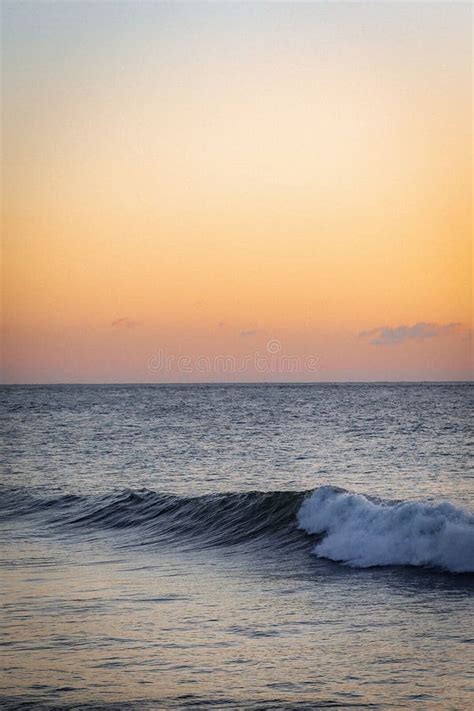Captivating Caps for Calming Waves: A Comprehensive Guide
Tired of rough, unruly waves spoiling your peaceful beach day? Captivating caps offer a practical and stylish solution to tame those turbulent tides. This comprehensive guide delves into the world of caps for waves, exploring their benefits, applications, and innovative designs.

Understanding Captivating Caps
A captivating cap is a specifically engineered device designed to reduce the force and impact of waves on a surface. It consists of a flexible membrane or a flotation system that forms a barrier between the incoming wave and the target area.
Benefits of Captivating Caps:
- Reduced wave impact and erosion
- Enhanced beach safety and accessibility
- Improved water clarity and quality
- Increased recreational opportunities (e.g., swimming, surfing)
- Protection of coastal structures and infrastructure
Types of Captivating Caps
Captivating caps come in various types, each suited to specific wave conditions and applications:
- Floating caps: Float on the water surface, providing a cushion against incoming waves.
- Membrane caps: Use a flexible membrane to absorb and dissipate wave energy.
- Breakwaters: Artificial structures constructed offshore to deflect and reduce wave height.
- Permeable caps: Allow water flow while filtering out debris and pollutants.
Innovative Applications of Captivating Caps
Beyond traditional coastal protection, captivating caps are finding innovative applications in various industries:
- Aquaculture: Create protected areas for fish and shellfish farming.
- Water recreation: Enhance water quality for swimming, diving, and fishing.
- Climate resilience: Buffer coastal communities from storm surges and sea-level rise.
- Erosion control: Protect beaches and shorelines from erosion and degradation.
Implementing Captivating Caps
Implementing a captivating cap system involves careful planning and execution:
Step-by-Step Approach:
- Site assessment: Determine the wave climate, water depth, and environmental conditions.
- Cap selection: Choose the appropriate cap type based on project requirements.
- Installation: Install the cap system according to the manufacturer’s specifications.
- Monitoring and maintenance: Regularly monitor cap performance and perform maintenance as needed.
Measuring Success
The success of a captivating cap system is typically measured by:
- Reduced wave height and energy: Using wave gauges and modeling.
- Improved water quality: Monitoring water clarity, dissolved oxygen levels, and nutrient reduction.
- Enhanced coastal resilience: Assessing the protection of beaches, structures, and infrastructure.
- Increased recreational opportunities: Monitoring beach usage, water sports participation, and angler success rates.
Pros and Cons of Captivating Caps
Pros:
- Effective wave attenuation and erosion control
- Improved water quality and clarity
- Enhanced coastal resilience and safety
- Versatile applications in multiple industries
Cons:
- Initial installation costs
- Potential environmental impacts (if not properly designed and installed)
- Maintenance and repair requirements
Conclusion
Captivating caps are versatile and innovative devices that offer a multitude of benefits in the realm of wave management. By understanding their types, applications, and implementation process, coastal managers and engineers can harness the power of these caps to enhance coastal resilience, improve water quality, and create captivating and safe water environments.
